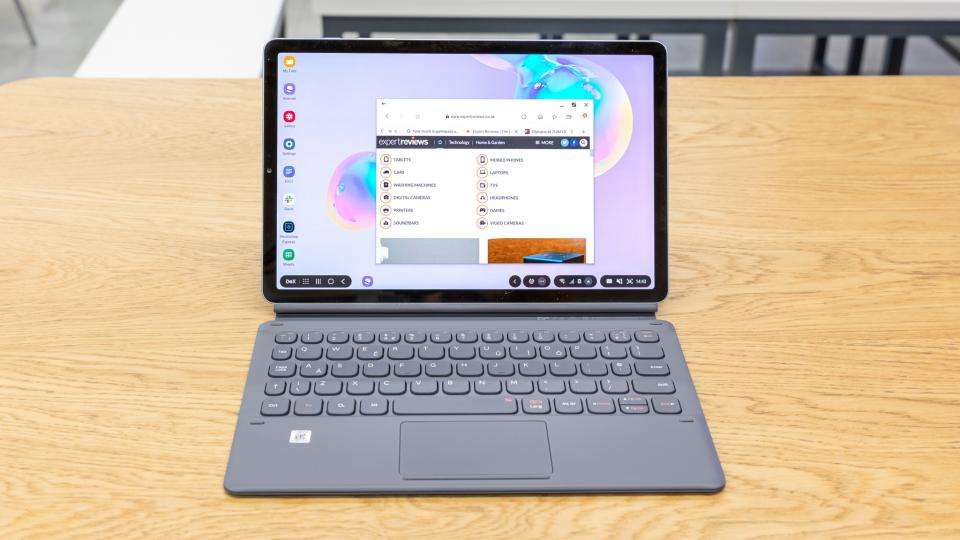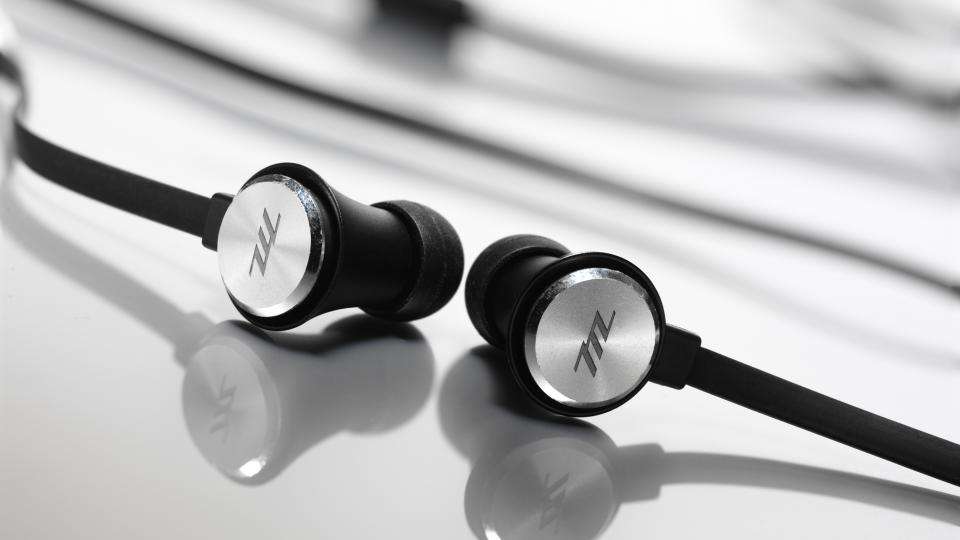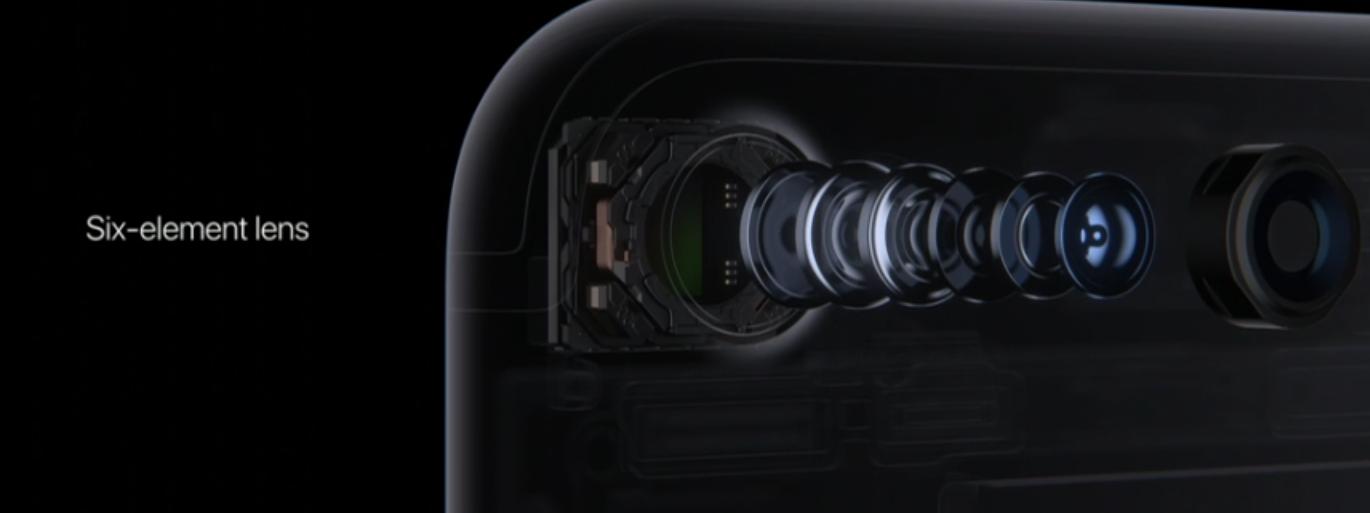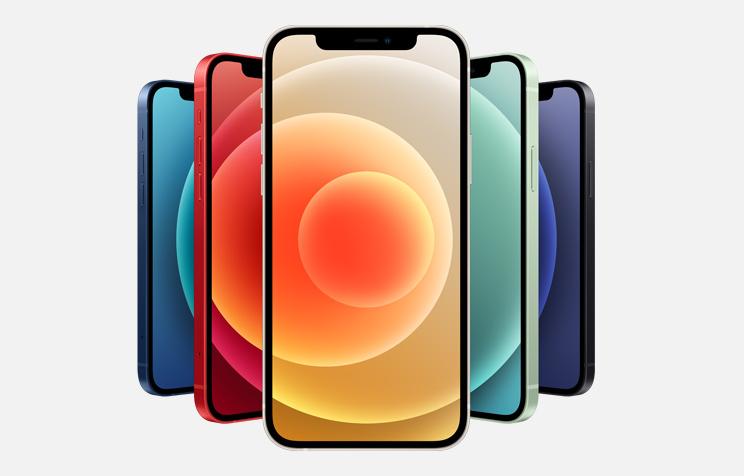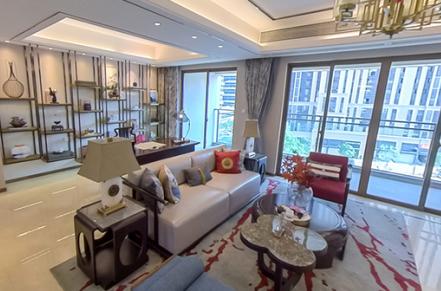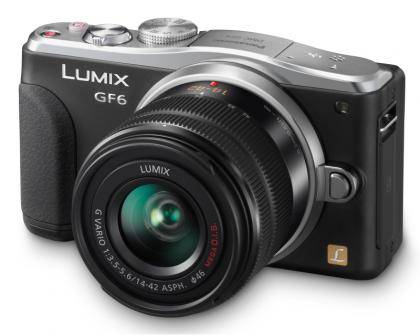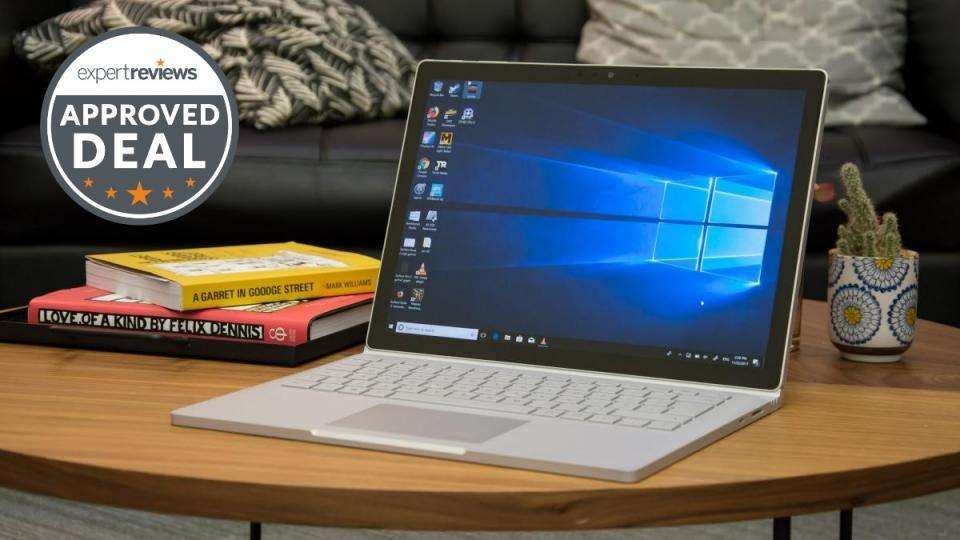Deciding whether to invest in a budget security camera can be challenging, but understanding the core features can guide your decision. These devices offer peace of mind at a fraction of the cost of high-end systems. Many budget options offer essential security features, including clear video footage and responsive motion detection. They are ideal for homeowners seeking cost-effective surveillance solutions that do not compromise safety. When looking for the best budget home security camera, it’s essential to evaluate features that meet your specific needs. This guide aims to delve into the pivotal features and benefits that a budget security camera brings, ensuring you make an informed purchase that meets your specific needs.
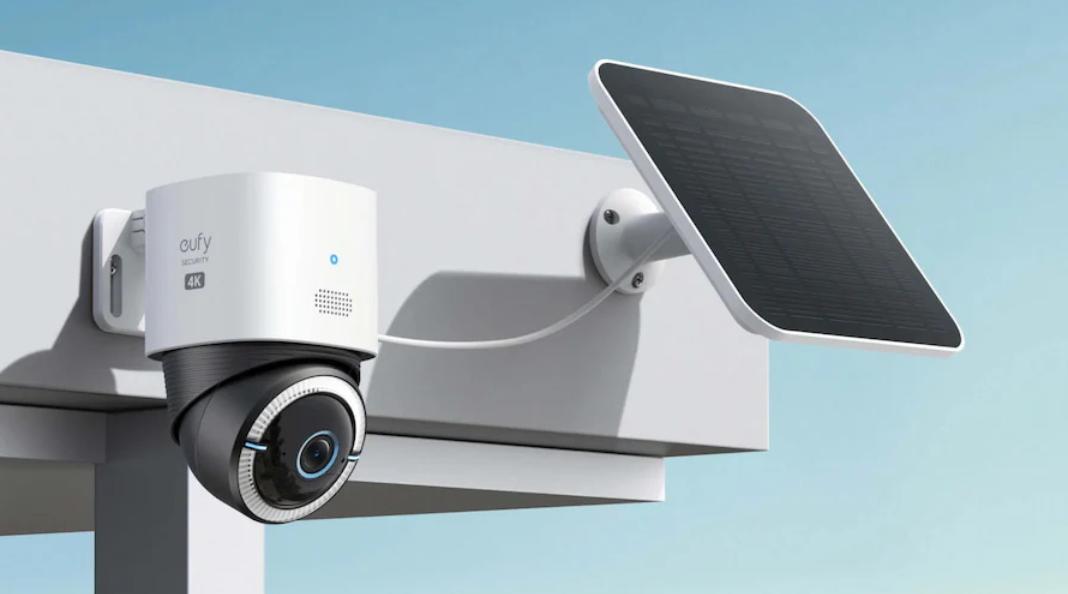
Key Features to Evaluate in Budget Security Cameras
For effective surveillance, a budget security camera must possess certain features. These can determine its efficiency in protecting your property.
Video Quality and Resolution
High video quality ensures that every captured detail is crisp and discernible. Budget cameras now often offer 1080p resolution, a standard that balances clarity and cost. This resolution allows you to distinguish faces, objects, and movements clearly, playing a crucial role during security incidents. When assessing video quality, consider factors like frame rate too. A higher frame rate provides smoother motion capture, enhancing detail recognition during fast-moving events. Despite being budget-friendly, many cameras include features like digital zoom that help in closely analyzing distant objects. It’s crucial, however, to test different models, as not all budget cameras maintain quality in varying lighting conditions.
Night Vision Capabilities
Security threats aren’t time-bound and often occur under the cover of darkness. Budget cameras equipped with night vision ensure security around the clock. These cameras use infrared LEDs to illuminate dim areas, capturing clear monochrome images in low-light situations. The effectiveness of night vision depends on the range; some cameras can even identify objects up to 30 feet away in the dark. Pay attention to how seamlessly the camera transitions from daylight to night vision mode, as this affects reliability. While budget options might not rival more upscale models in color night vision, they provide sufficient detail to identify potential threats.
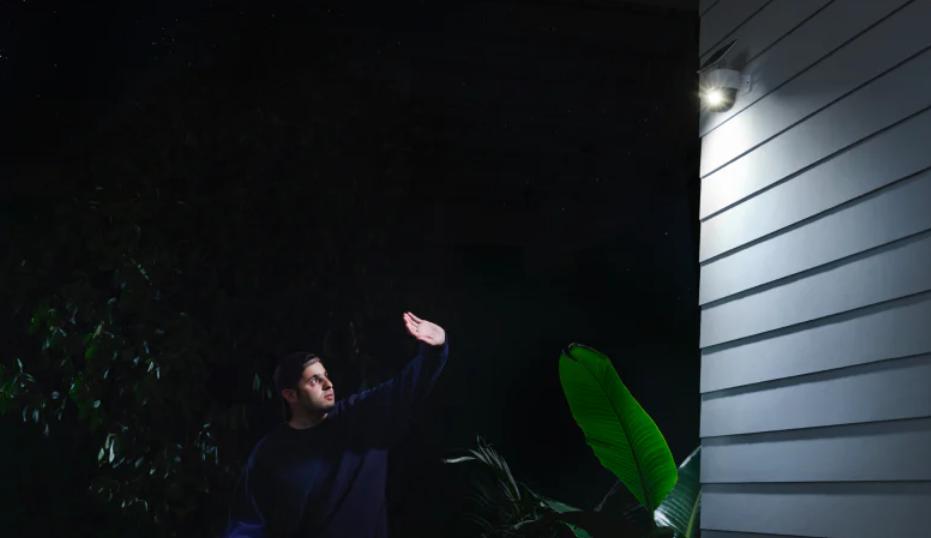
Field of View and Coverage
The field of view (FOV) is crucial, dictating how much area the camera covers in a single frame. A wide-angle lens captures expansive areas, minimizing blind spots. Most budget cameras offer a 120-degree FOV, suitable for monitoring front yards or large rooms. Evaluating the specific areas you wish to monitor will guide your choice. Wider views may slightly distort images but afford more comprehensive surveillance. Consider placement: A camera with adjustable angles ensures customizable coverage, optimizing security for unique spaces. Wide FOV can reduce the number of cameras needed, making budget setups more cost-effective.
Motion Detection and Alerts
Motion detection is fundamental, ensuring cameras focus on essential events, conserving storage. Budget models often boast adjustable sensitivity settings, vital for avoiding false alarms from innocuous movements. Cameras with more advanced algorithms can differentiate between people, animals, or objects, tailoring alerts to specific threats. Real-time notifications sent to your smartphone mean you’re immediately informed of unusual activity, enhancing response time. Evaluate how quickly alerts are dispatched, as delays can compromise intervention. Some models also integrate with vocal warnings or siren features, deterring potential intruders upon detection.
Storage Options
Storage determines how much footage you can review. Budget cameras typically offer two choices: local and cloud storage. Local storage, using SD cards, provides direct and easy access to recorded footage. It’s cost-effective, without additional fees. However, camera theft or damage could result in lost data. Cloud storage provides a safer alternative, often accompanied by a monthly fee, allowing access to recordings from anywhere, anytime. Compare plans for cost-effectiveness and retrieve duration. Hybrid models offer both storage types, combining security and convenience, granting users flexibility based on personal needs.
Advantages of Choosing Budget Security Cameras
Investing in budget security cameras unlocks several benefits that enhance home security efficiently.
Cost-Effectiveness
A tight budget doesn’t necessitate compromising security. Affordable cameras provide essential surveillance at a fraction of the cost of sophisticated systems. Replacement and maintenance are financially manageable, encouraging consistent security. Brands competitively offer discounts and bundles, further reducing costs. Opting for budget cameras enables multiple unit purchases, enhancing coverage. Saving on hardware allows allocation of funds for other security measures, such as motion-sensitive lighting or door reinforcements, complementing the overall safety strategy.
Easy Installation and DIY Setup
Budget cameras often emphasize ease of installation, designed for homeowners keen on DIY projects. These devices typically come with user-friendly instructions, meaning professional help isn’t necessary, reducing costs further. Wireless models enhance this simplicity, eliminating the hassle of extensive wiring. Many consumers set up cameras in under an hour, ensuring swift deployment. Video tutorials provided by manufacturers aid in overcoming any challenges, enabling a smooth process and immediate functionality without added expenditure.
Smart Features and Integration
Despite being budget-friendly, many cameras support smart technology integration, enhancing usability. They connect with home ecosystems like Alexa or Google Home, enabling voice control or automation. Customization through mobile apps allows for real-time adjustment of settings, enhancing convenience. Scheduling features automate activities, such as activating at specific times and optimizing security during vulnerable periods. Some budget models even provide geofencing, automatically arming or disarming based on mobile location, enhancing operational efficiency.
Limitations of Budget Security Cameras
While budget security cameras provide significant advantages, they aren’t devoid of limitations. Typically, these models have less sophisticated software, potentially resulting in lower image quality under challenging conditions like adverse weather or poor lighting. Limitations in advanced features, like facial recognition or color night vision, can pose challenges in comprehensive threat assessment. Some budget cameras also possess reduced durability, with less robust materials leading to a shorter lifespan and potential frequent replacements. Additionally, the limited scope of customer support and shorter warranties can affect problem resolution efficiency. Being aware of these limitations ensures preparedness, allowing for adjustments or complementary security measures to enhance overall effectiveness.
Conclusion
A balanced understanding of the key features, benefits, and limitations of budget security cameras can guide informed purchasing decisions. While these cost-effective models might not include premium features, they deliver essential surveillance capable of securing your home. Consider your specific security needs, the features that align best with them, and any supplementary measures that could offset potential drawbacks. Ultimately, the goal is to provide peace of mind without breaking the bank, ensuring your home is as secure as possible within budget constraints.


